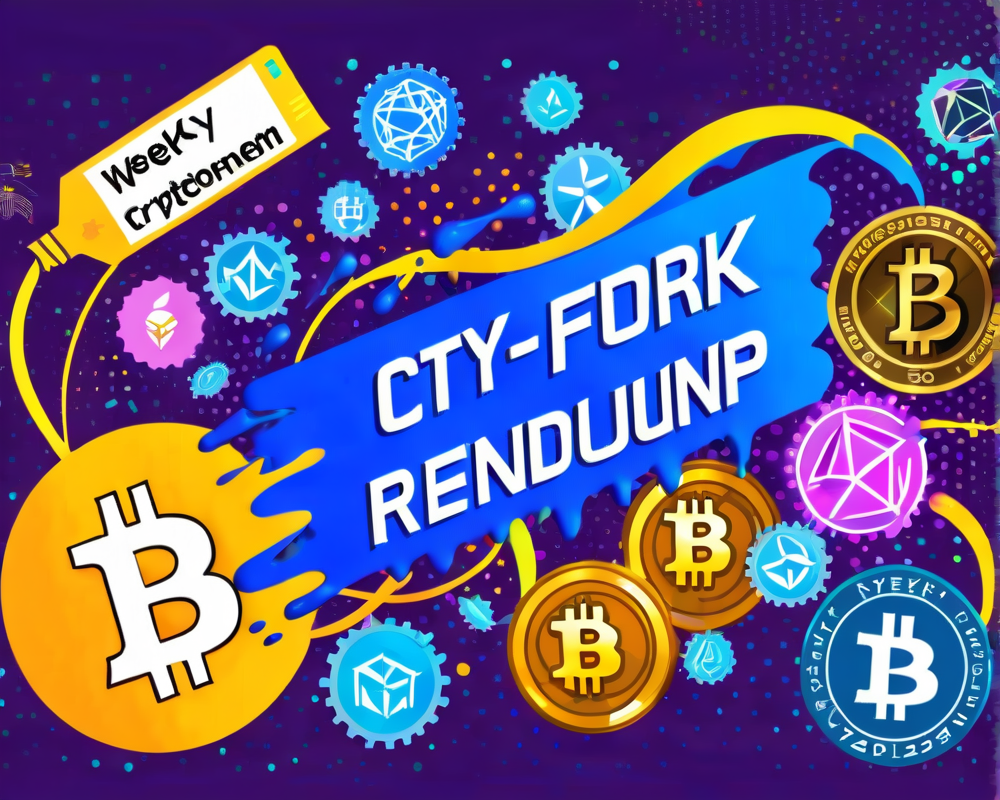The Rapid Rise of Decentralized Finance
Decentralized finance (DeFi) has been a roller coaster ride, skyrocketing from a mere $10 billion to over $40 billion in total value locked (TVL) in just two years. That’s impressive, right? But then comes the plot twist: it peaked at an astounding $180 billion before tumbling down. What can we say? Even the hottest parties can end in a fizzle!
The Elephant in the Room: Security Concerns
Speaking of parties, let’s address the elephant, shall we? Over $10 billion has been lost in hacks and exploits, especially in 2021. Imagine throwing a party with no security; pretty sure you’d regret inviting some guests! Similarly, DeFi suffers from significant vulnerabilities. The culprit? The current programming languages like Solidity that leave too much to be desired when it comes to managing assets—, or “tokens” as the cool kids call them.
The Programming Predicament
These programming tools are like a Swiss Army knife without the essential knife! They lack the native features that define an asset. A token is nothing more than a fluctuating number in a smart contract. Developers must build their own protections from scratch, which can be a headache—especially when you realize that even a tiny coding error, like flipping a “>” to a “<”, can drain $80 million in a blink!
Complexity Equals Chaos
The intricate dance of smart contracts requires careful choreography. Picture a team of performers, each doing their own thing without a conductor. That’s often how DeFi works today. Developers bear the burden of ensuring that interactions between smart contracts align seamlessly, which is where things can go south.
- Audits? Helpful, but not foolproof. Most significant hacks have occurred in unaudited projects.
- Developers spending 90% of their time on securing code rather than building cool new features.
Is it any wonder some projects fall flat? Developers are burning the midnight oil just battling security issues instead of innovating!
A Solution in Sight: Asset-Oriented Programming
But hope is on the horizon! Enter the world of asset-oriented programming, where interacting with assets is as easy as pie. Instead of developers writing extensive error-checking scripts, they get to call simple, intuitive functions. For instance, creating a fungible token could be as straightforward as using .initial_supply_fungible(1000). Imagine if your coding tasks were that simple!
Predictable Behavior, Secure Transactions
The beauty of asset-oriented programming is its reliability. Tokens can’t vanish into thin air; the language inherently restricts unauthorized access. Wouldn’t it be fantastic if all the drama surrounding DeFi evaporated, making it a place where you’d feel safe stashing your savings, instead of treating it like a risky gamble?
The Future: DeFi as a Mainstream Phenomenon
If the industry can pivot to more intuitive programming paradigms, we might just see DeFi transition from a wild-west reputation to a legitimate competitor in the vast landscape of global finance, currently valued at around $468 trillion. Soon enough, your friends may not just raise an eyebrow when you talk about crypto, but might even ask for investment advice! Who knew that the future of finance could be so exciting and secure?




